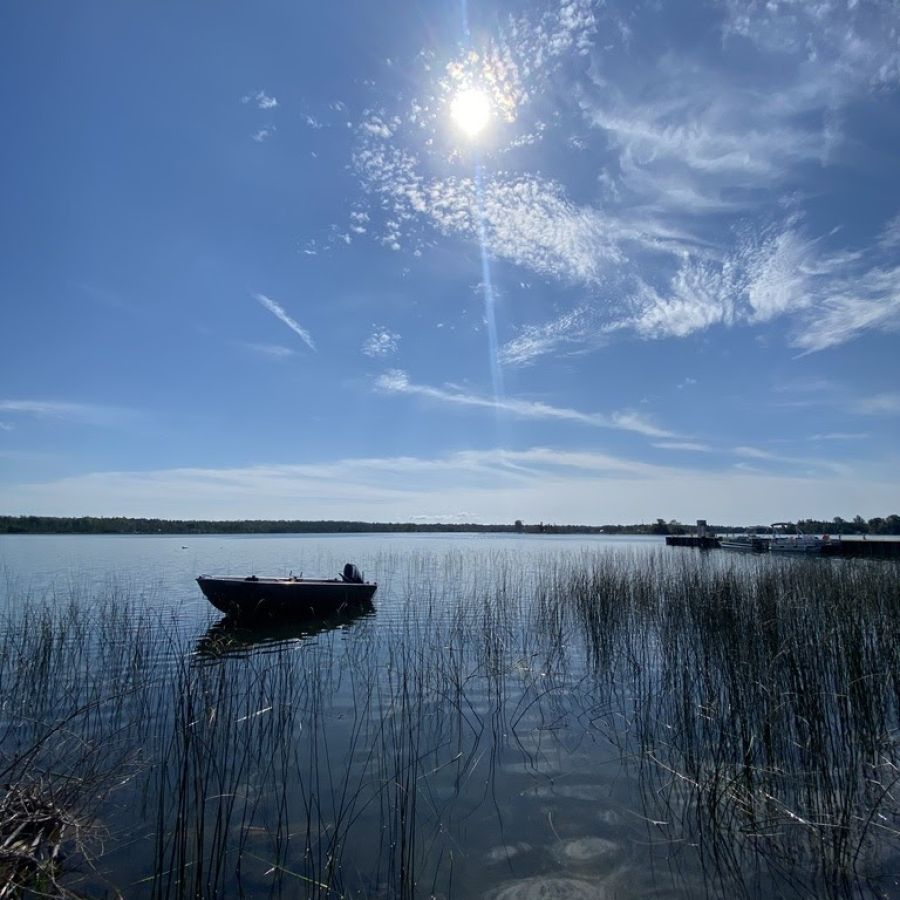Cisco Update
From 2019-2020, the Saugeen Ojibway Nation (SON) in partnership with Parks Canada – Fathom Five National Marine Park and Lakehead University conducted a community-based research project on the Ciscoes of Lake Huron with a specific focus on the SON Territory. We also worked collaboratively with the Great Lakes Fishery Commission, the Ontario Ministry of Natural Resources and Forestry, and the University of Toronto. The impetus for this research were a series of concerns from the SON Communities (Chippewas of Nawash Unceded First Nation and Chippewas of Saugeen First Nation) and limited knowledge from a Western science perspective regarding the Ciscoes in the SON Territory. The concerns of the SON Communities were centered around the status of chub (deep-water Cisco) which were an important commercial fish from the 1990s – 2000s. Beginning in the late 1990s, drastic population declines and a collapse of deep-water fish communities led to the complete cessation of the chub fishery by the late 2000s. Lake Herring (shallow-water Cisco), a traditional food fish for the SON, were also of concern. At present, lake herring are only harvested as incidentals in lake whitefish harvests due to their poor market value. The goal of this research was to gather Indigenous ecological knowledge (IEK) from SON fish harvesters about ciscoes and use that knowledge to inform future monitoring, research, and mutual understanding through a two-eyed seeing approach to research.
To document this knowledge, a series of IEK and mapping interviews were conducted. The abundant spatial, temporal, biological, and cultural knowledge gathered provided deep insight into the ciscoes of the SON Traditional Territory and the SON’s connection to them. The spatial data was used to inform a series of sampling efforts for both lake herring and chub. These efforts were successful, revealing the practical application of IEK to Western science. Biological samples and morphological data were taken from these sampled fish and analyzed using methods grounded in Western science. This analysis ultimately led to the discovery of a new population of lake herring now known as the Shorthead Cisco of the western Bruce Peninsula. While this discovery was represented a new contribution to Western science, this population has been known to the SON since time immemorial.
This research was founded on First Nation principles like OCAP (Ownership, Control, Access, and Possession) and reciprocity to ensure our research was ethical. Operating in an ethical space for human dimensions research is important because it ensures that our work and the results do not harm or disparage our participants. The cisco project was guided by the concept of two-eyed seeing, which values both Western and Indigenous ways of knowing, utilizing them for enhanced mutual understanding. By conducting this research, our team was able to contribute to lake-wide understanding, support community members and fish harvesters, and voice fisheries-related concerns from the SON to wider audiences at conferences and lectures. Additionally, the approach to this research is now being used to inform some of the project under the Together with Giigoonyag and ongoing consultation.

